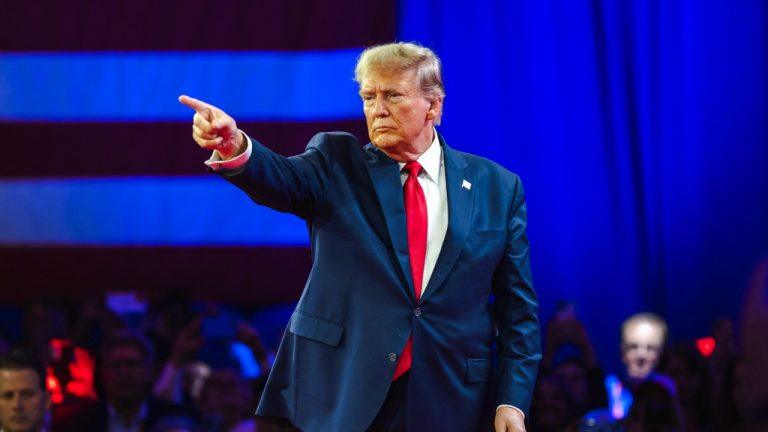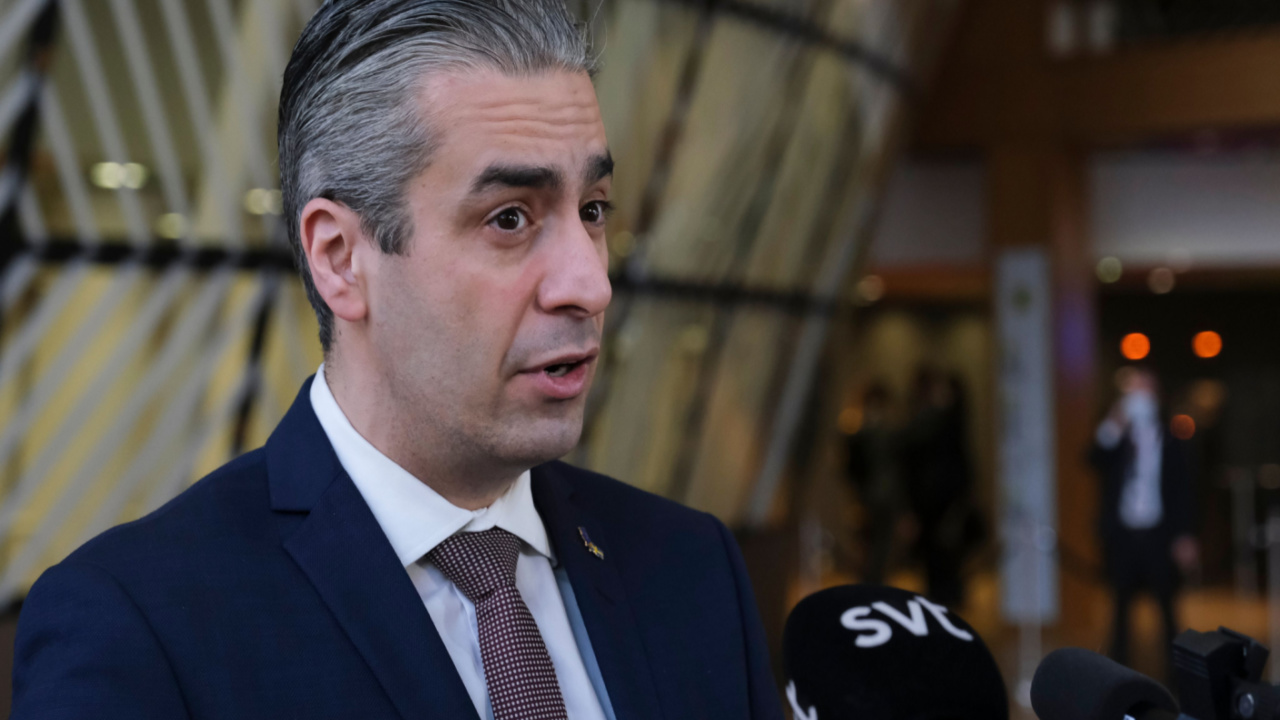
The White House Office of Science and Technology Policy reaches mixed conclusions about crypto and the climate, against a background of rapid technological change.
The White House Office of Science and Technology Policy (OSTP) has weighed in on the environmental and energy impact of crypto assets in the United States, finding that crypto makes a significant contribution to energy usage and greenhouse gas (GHG) emissions. It recommends monitoring and regulation in response.
The report, released Sept. 8, was the latest to come out of the U.S. President Joe Biden’s March executive order (EO) on the development of digital assets. The EO charged the OSTP with investigating the energy usage associated with digital assets, comparing that usage with other energy outlays, investigating uses of blockchain technology to support climate protection and making recommendations to minimize or mitigate the environmental impact of digital assets.
The study found that crypto assets use approximately 50 billion kilowatt-hours of energy per year in the U.S., which is 38% of the global total. A lack of monitoring made accurate energy accounting impossible. The report upheld the tradition of making creative energy usage comparisons, however, saying that crypto assets are responsible for slightly more energy usage in the U.S. than home computers, but less than home lighting or refrigeration. Furthermore:
“Noting direct comparisons are complicated, Visa, MasterCard, and American Express combined […] consumed less than 1% of the electricity that Bitcoin and Ethereum used that same year, despite processing many times the number of on-chain transactions and supporting their broader corporate operations.”
High energy usage wears down grids and drives up energy prices, the report said. The role of Proof of Work staking in crypto asset energy consumption was clearly noted, as was the fact that changes in consensus mechanism usage and the field’s rapidly evolution make forecasting future energy usage impossible as well.
Related: White House office seeks public opinion on crypto-climate implications
In any case, the report said, “Crypto-asset mining using grid electricity generates greenhouse gas emissions – unless mining uses clean energy.” The report also presented blockchain technology use cases for distributing energy and supporting environmental (carbon) markets. The report examined some strategies for improving crypto asset energy usage, such as the use of stranded methane, but others, like repurposing collateral crypto mining heat, were not considered.
Just in from the White House OSTP - “Crypto-asset mining that installs equipment to use vented methane to generate electricity for operations is more likely to help rather than hinder U.S. climate objectives.” @thetrocro @jyn_urso @DSBatten
— David Zell (@DavidZell_) September 8, 2022
The report’s recommendations were broadly written, for example:
“Federal agencies should provide technical assistance and initiate a collaborative process with states, communities, the crypto-asset industry, and others to develop effective, evidence-based environmental performance standards.”
Other recommendations included assessing and enforcing energy reliability in light of crypto mining projects, setting energy efficiency standards and research and monitoring.
The OSTP report is one of five due the same week. The Justice Department released a report on strengthening international law enforcement mandated in the EO in June and the Treasury Department reported on a framework for international engagement in July.















